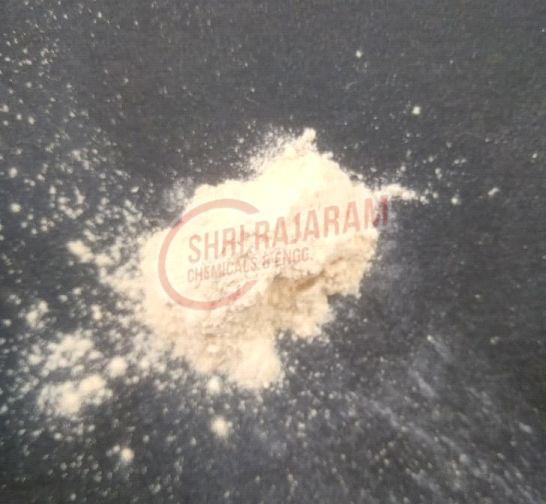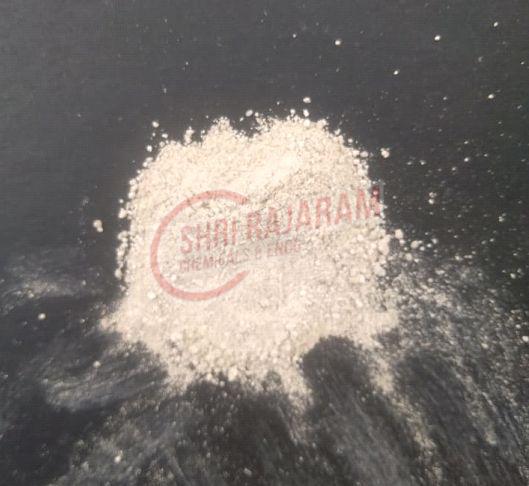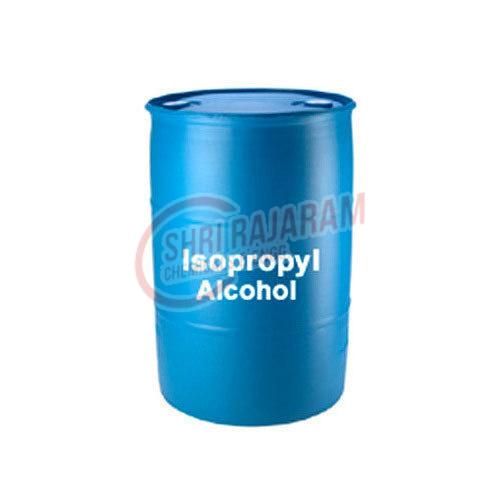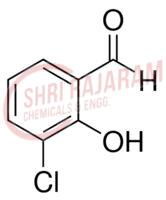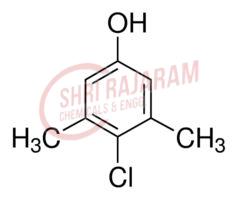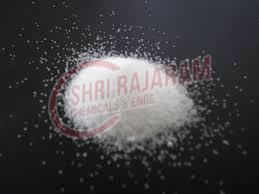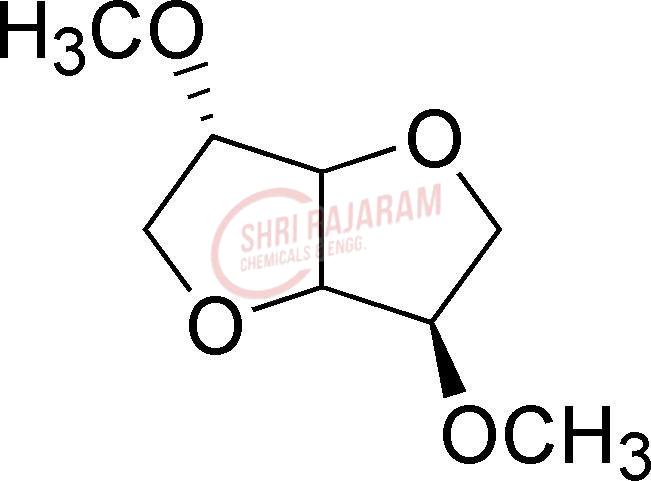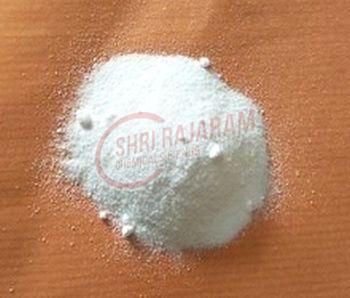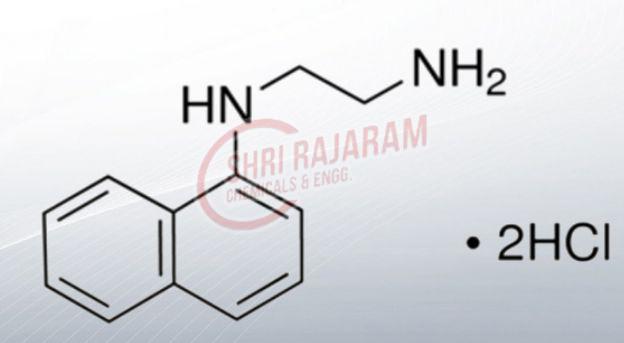| Business Type | Manufacturer, Exporter, Supplier, Retailer, Wholesaler |
| Country of Origin | India |
| CAS No. | 133 - 32 - 4 |
| Appearance | White to Light Yellow Crystal |
| Solubility | Soluble in Alcohol |
| Purity by Chemical Method | Min. 99% |
| Chemical Formula | C12H13NO2 |
Preferred Buyer From
| Location | Worldwide |
| Business Type | Manufacturer, Exporter, Supplier, Retailer, Wholesaler |
| Country of Origin | India |
| CAS No. | 133 - 32 - 4 |
| Appearance | White to Light Yellow Crystal |
| Solubility | Soluble in Alcohol |
| Purity by HPLC Method | Min. 99% |
| Melting Point | 125 °C (257 °F; 398 K) |
Preferred Buyer From
| Location | Worldwide |
| Business Type | Supplier |
Preferred Buyer From
| Location | Worldwide |
| Business Type | Supplier |
| Type | Benzaldehyde |
| Application | Industries |
| Purity | 99% |
| Appearance | Yellow To Light Brown |
Preferred Buyer From
| Location | Worldwide |
| Business Type | Supplier |
| Application | Meta Xylenol |
| Purity | 99% |
| Type | Meta Xylenol |
| Uses | Industries |
Preferred Buyer From
| Location | Worldwide |
| Business Type | Manufacturer, Exporter, Supplier, Retailer, Wholesaler |
| Application | Industry |
| Color | White |
| Purity | 99% |
| Condition | Refined |
| Power Source | Powder |
| Warranty | 2 Yrs |
| Process | Natural |
| Packaging Details | 25 kg bags |
Preferred Buyer From
| Location | Worldwide |
It is not for pharm,not for food and not for cosmetics use.
| Business Type | Manufacturer, Exporter, Supplier, Retailer, Wholesaler |
| CAS NO | 5306-85-4 |
| Purity | 99% |
| Application | Pharma Intermediate |
| Appearance | Clear colorless liquid |
| Type | Syntheses Material Intermediates |
| MF | C8H14O4 |
Preferred Buyer From
| Location | Worldwide |
<p>The company manufactures, exports and supplies Dimethyl isosorbide. The Dimethyl isosorbide is prepared using latest technologies under hygienic conditions. The Imethyl isosorbide is packaged and delivered in leak-proof packages for safe delivery and storage. The Imethyl isosorbide is perfect to be used as solvent and penetrant in topical applications.</p>
| Business Type | Manufacturer, Exporter, Supplier, Retailer, Wholesaler |
| Purity | 99%min |
| Grade Standard: | Industrial Grade |
| Synonyms | ThioMalic Acid |
| Useage | Intermediates |
| Assay | 99%min |
| Grade Standard | Industrial Grade |
Preferred Buyer From
| Location | Worldwide |
Shri Rajaram Chemicals & Engg is a noteworthy manufacturer, exporter and supplier of thiomalic acid. We offer thiomalic acid that is used in various pharmaceutical preparations. The thiomalic acid is manufactured according to the international standards. High quality and affordable price of the thiomalic acid have made it highly demanded by clients in india and overseas. We can supply thiomalic acid in bulk and on an urgent basis. applications : thiomalic acid is used as a brightening agent of metal plating. It is used as an intermediate for the synthesis of organic compounds especially as an corrosion inhibitor, soil fumigant, pharmaceuticals and electroplating agents. the first chemical contrast of thiols and sulfides with alcohols and ethers is acidity which is important in organic reactions. Thiols are stronger acids than relevant alcohols and phenols. Thiolate conjugate bases are easily formed, and are excellent nucleophiles in sn2 reactions of alkyl halides and tosylates. The nucleophilicity of sulfur is much greater than that of oxygen, resulting in a number of useful electrophilic substitution reaction that are rare by oxygen. For example, sulfides form (with alkyl halides) ternary sulfonium salts, in the same alkylattion of tert-amines quaternary ammonium salts, whereas ternary oxonium salts are prepared only under extream conditions. Without exception, sulfoxides, sulfinate salts and sulfite anion also alkylate on sulfur, despite of the partial negative formal charge on oxygen and partial positive charge on sulfur. The second character is the oxidation states of sulfur. Oxygen has only two oxidation states, whereas sulfur covers from –2 to +6 as follows :
- -2 : hydrogen sulfide (h2s), sulfides, sulfonium ions
- -1 : disulfides
- 0 : s elemental, sulfoxides, sulfenic acids
- +2 : sulfones, sulfinic acids
- +4 : sulfonic acids, sulfite esters
- +6 : sulfate estersone more sulfur compound's contrast with oxygen analog is in oxidation chemistry. Oxidation of sulfur compounds changes the oxidation state of sulfur rather than carbon, whereas, oxidation of alcohols to aldehydes and ketones changes the oxidation state of carbon not oxygen. Thiols is oxidized to s-s single bond (disufide) which is stronger than o–o bond in peroxide. Disufide forms sulfenyl chlorides (with chlorine in mild condition) or sulfonic acids under harder condition. Oxidation of sulfides with hydrogen peroxide (or peracids) yields sulfoxides and then to sulfones. A certain sulfoxide compound such as dimethyl sulfoxide can be used as an effective oxygen source in the oxidation reaction of primary and secondary alcohols to aldehydes and ketones. Dmso easily is reduced to dimethyl sulfide and water is taken up by the electrophile. Oxidation procedure is very mild and tolerates a variety of other functional groups, including those having oxidizable nitrogen and sulfur atoms.
| Business Type | Manufacturer, Exporter, Supplier, Retailer, Wholesaler |
| Grade Standard | Medicine Grade |
| Usage | Animal Pharmaceuticals |
| Purity | 99%min |
| Apperance | White microstrip red crystal |
| Type | Anti-Allergic Agents, Antiparasitic Agents, Blood System Agents, Gastrointestinal Agents, Vitamins, |
| MF | C12H16Cl2N2 |
Preferred Buyer From
| Location | Worldwide |
Shri Rajaram Chemicals & Engg manufactures, exports and supplies N-(1-Naphthyl)-Ethylenediamine Dihydrochloride that is high in demand being a diagnostic reagent. N-(1-Naphthyl)-Ethylenediamine Dihydrochloride is prepared in compliance with the international standards. It is duly tested and then offered to our clients. N-(1-Naphthyl)-Ethylenediamine Dihydrochloride is made available by us in very safe and hygienic packaging.
Applications :
Since the sole commercial application of N-(l-naphthyl)ethylenediamine dihydrochloride appears to be its use as a diagnostic reagent, the potential for exposure is presumably limited to medical and veterinary workers and employees of production facilities which manufacture the compound.
Appearance : Solid
Packing : 20kgs in fiber drum
